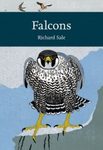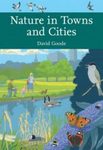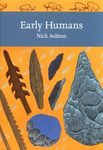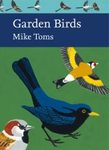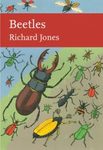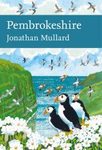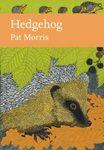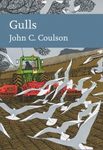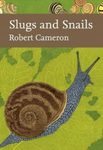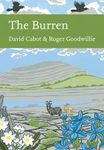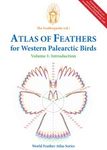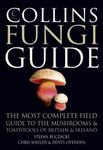![Bird Populations Bird Populations]()
Click to have a closer look
About this book
Contents
Biography
Related titles
About this book
In Bird Populations, the latest addition to the New Naturalist series, Ian Newton explores bird populations and what causes their fluctuation – food supplies, competitors, predators, parasites, pathogens and human activity.
The combination of a rapidly expanding human population, a predominantly utilitarian attitude to land, central government policy on land use and increasing mechanisation have combined to promote more massive changes in land use in recent decades than at any previous comparable period. These developments have in turn brought huge changes in bird habitats and populations; some species dependent on the old landscapes declined, while others have increased. Over the same period, changing public attitudes to wildlife allowed previously scarce bird species to recover from past onslaughts, while climate warming has promoted further changes.
In this seminal new work, Ian Newton sets out to explain why different bird species are distributed as they are, and changed over the years in the way that they have. The regular watching and study of birds now provides a source of recreation and pleasure for very large numbers of people, while continued monitoring of bird numbers can also alert us to impending environmental problems. For all of us, a world with fewer birds would be a poorer place.
Contents
Editors' Preface vii
Author's Foreword and Acknowledgements ix
1. Preview 1
2. Population Regulation 33
3. Food Supplies: General Principles and Individual Impacts 52
4. Food Supplies: Population Impacts 72
5. Nest-sites 115
6 .Predation: General Principles and Individual Impacts 139
7 .Predation: Population Impacts 159
8 .Parasitic Diseases: General Principles and Individual Impacts 200
9 .Parasitic Diseases: Population Impacts 226
10. Competition between Species 249
11. Interactions between Different Limiting Factors 278
12. Interactions between Predators and Resources 293
13. Interactions between Parasites and Resources 328
14. Weather 346
15. Climate Change 378
16. Managed Hunting 414
17. Other Bird Killing 431
18. Effects of Pesticides 464
19. Effects of Other Pollutants 488
20. Reflections 511
References 521
Species Index 578
General Index 588
Customer Reviews
Biography
Ian Newton is an English ornithologists, now retired, who, amongst others, has been Senior Ornithologist at the United Kingdom's Natural Environment Research Council, Chairman of the Council of the RSPB and visiting professor of ornithology at the University of Oxford. Newton has also held the positions of President of the British Ornithologists' Union and the British Ecological Society (1994–1995). He has author several New Naturalists, including Finches (1985), Bird Migration (2010), Bird Populations (2013) and Farming and Birds (2017). He has also written two Poyser Monographs: Population Ecology of Raptors (1979) and The Sparrowhawk (1986) and several major academic titles with Academic Press, including Population Limitation in Birds (1998), Speciation and Biogeography of Birds (2003), and The Migration Ecology of Birds (2007).















